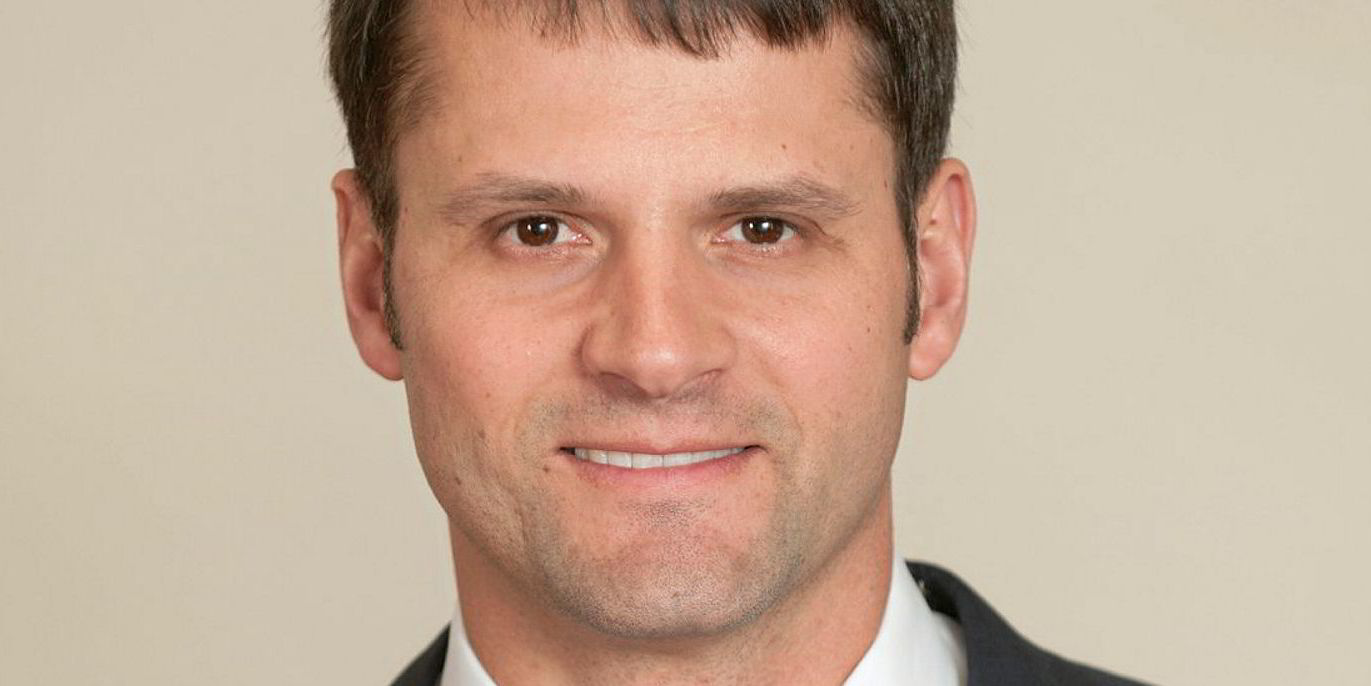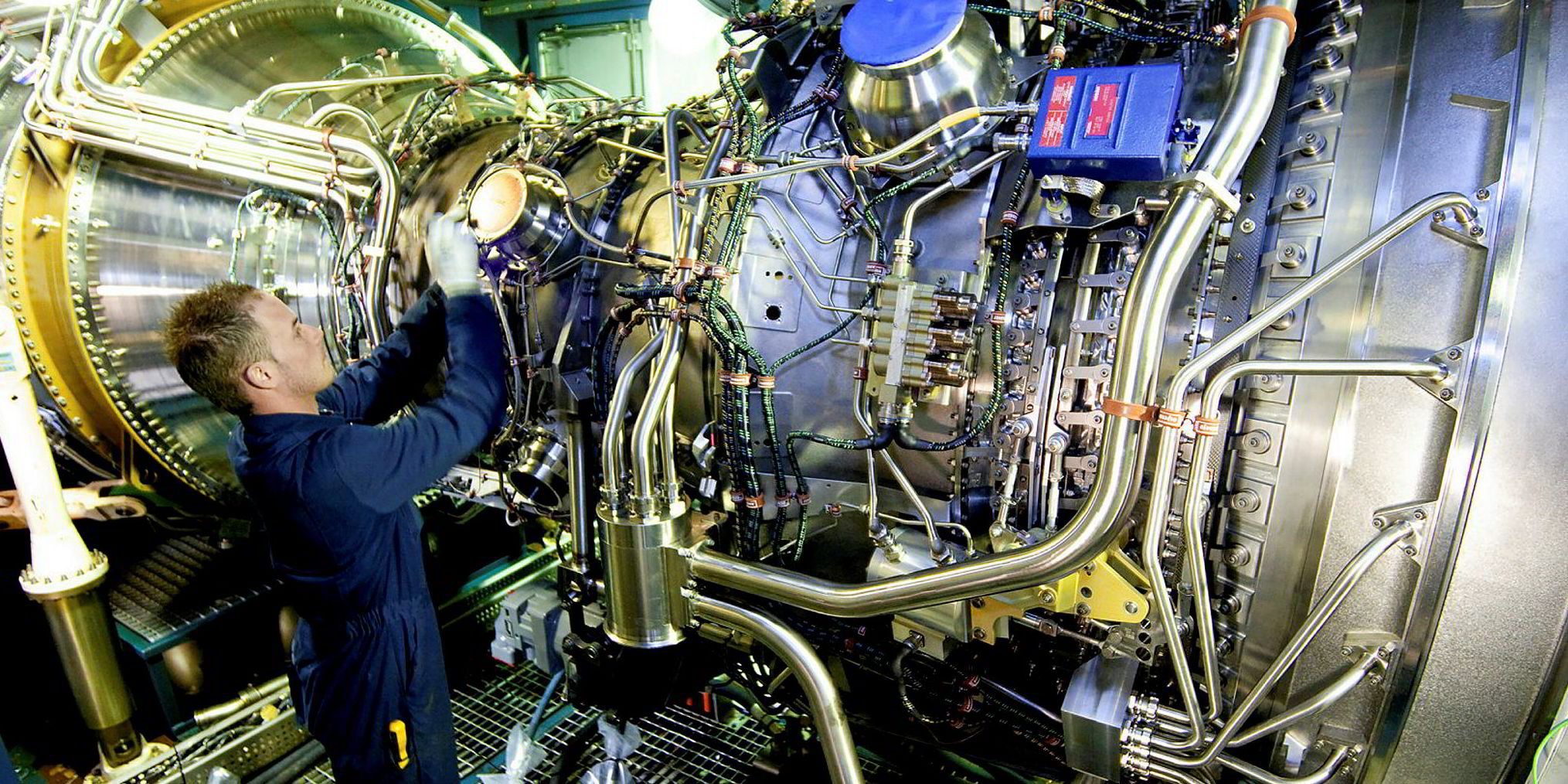Led by Maersk, a global coalition of shipping companies and commodities players has committed to achieving commercially viable zero-carbon shipping by 2030, with a long-term goal of halving maritime greenhouse gas emissions by 2050 compared with 2008 levels. Although a commendable goal, striving for zero-carbon shipping should be considered independently from achieving such significant emissions reductions from vessels.
The reality is, the first goal is a near impossibility, and the second is not.
First, the pursuit of zero-carbon shipping via the use of hydrogen as a fuel is a bit of an illusion at present, given the emissions-intensive way hydrogen is produced.
A 2017 study by the International Energy Agency noted that more than 95% of the 60m tonnes of hydrogen produced per year is generated from fossil fuels. This process is responsible for CO2 emissions of 830m tonnes per year — equivalent to the emissions of Indonesia and the UK combined.
Market-based opportunities
Rather than focusing on zero-carbon shipping, perhaps the industry should consider the significant impact it can have by committing to the support of market-based opportunities and technologies that enable the widespread use of LNG as fuel. In this way, shipping’s environmental pledge will not only improve its own sustainability, but perhaps help to underpin the reduction of emissions globally in nearly all other sectors.
Conventional fossil fuels will probably remain the predominant fuel of the future for shipping, and switching from fuel oil to LNG will immediately reduce CO2 emissions by 27.4% — more than halfway to meeting the 2050 goal. However, there is further opportunity to gain additional efficiencies through a major technology development that is on the horizon — supercritical CO2 waste heat recovery.
Merchant ships plying the seas in 2030 and beyond might no longer rely on diesel engines for propulsion. Instead, they could be powered by LNG-fuelled gas turbine engines while leveraging a new steam-less waste heat recovery system based around the use of supercritical CO2 as the working fluid. The exhaust heat from a gas turbine will be used to heat carbon dioxide to a supercritical state, and that CO2 will be cycled through a closed-loop thermodynamic cycle to generate much more power from what would otherwise be wasted heat.
This is similar to what is currently found in a conventional land-based gas-fired power plant, yet in an incredibly small package. A turbine that once took up an entire room could fit in a desk-sized footprint, easily fitting inside the confines of a ship.
Thermodynamic models have revealed that when using LNG as a fuel, a GE LM2500 gas turbine with this type of system could achieve fuel efficiencies of nearly 60%, or roughly 10% more than is possible from a diesel engine. If such a power plant were implemented across the world’s shipping fleet, it could help to reduce emissions by more than 37% compared with 2008 levels.

In 2017, 41% of global CO2 emissions were from electricity and heat, produced by highly polluting coal or large-scale industrial power generation, which struggles to integrate with renewable energy.
Like ships at sea, modern power grids require flexibility and responsiveness — features that are unique to gas turbines. When these turbines are operated in combined cycle with supercritical waste heat recovery technology and fuelled by LNG, added benefits of extreme efficiency and power density (the amount of power per unit volume) make this system an ideal instigator to promote the growth of LNG as a more efficient fuel than diesel, while emitting less carbon.
If shipping can lead the way and prove the merits of supercritical CO2 technology, the energy sector is sure to follow, underpinning a truly global approach to cutting carbon emissions.
Rob Almeida is CEO of Resolute Waste Energy Solutions, a company developing supercritical CO2 technology(Copyright)






